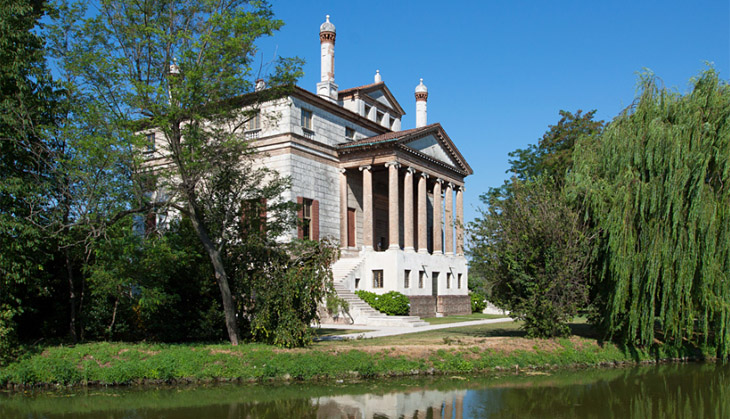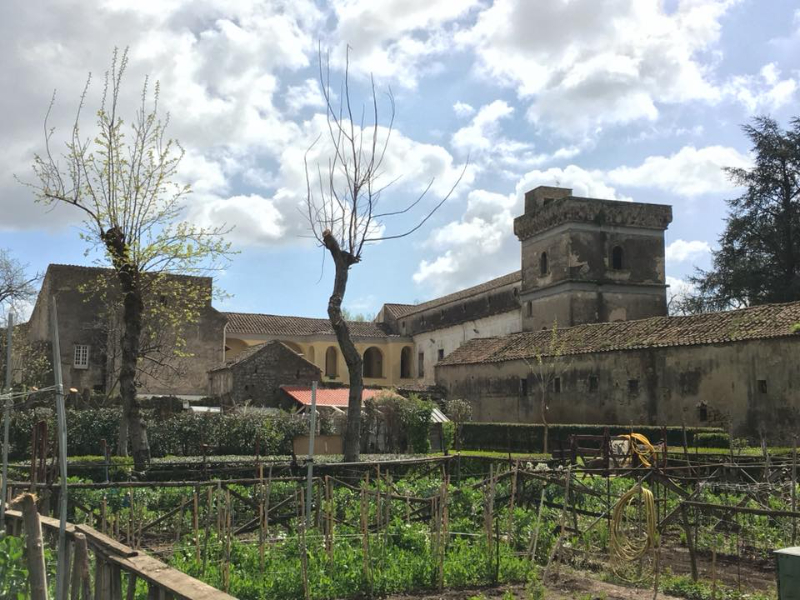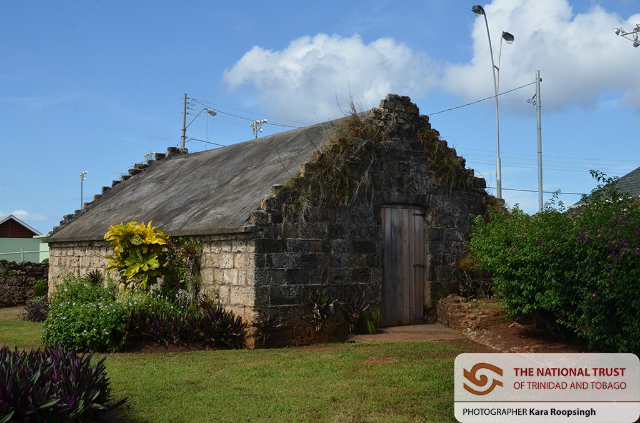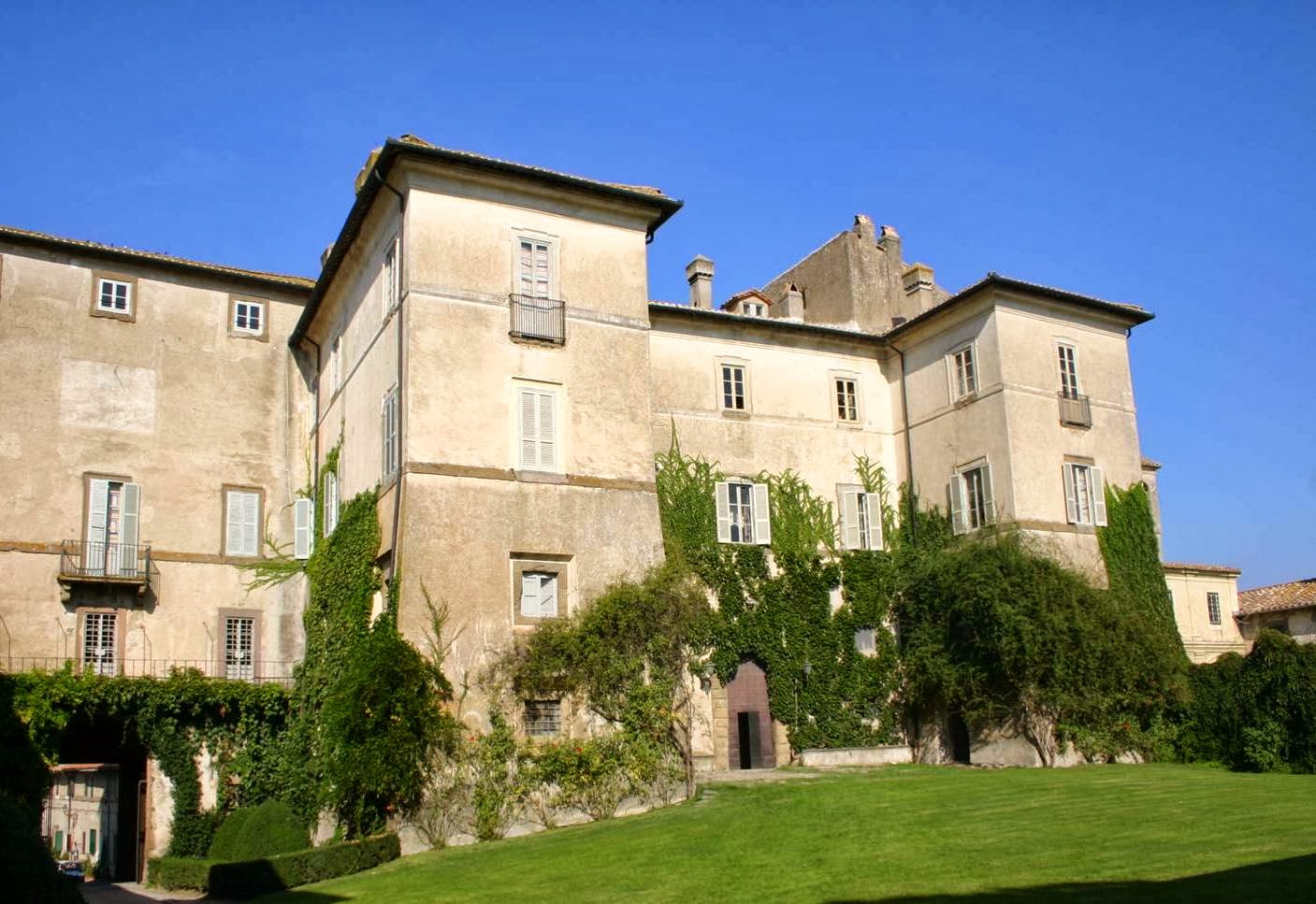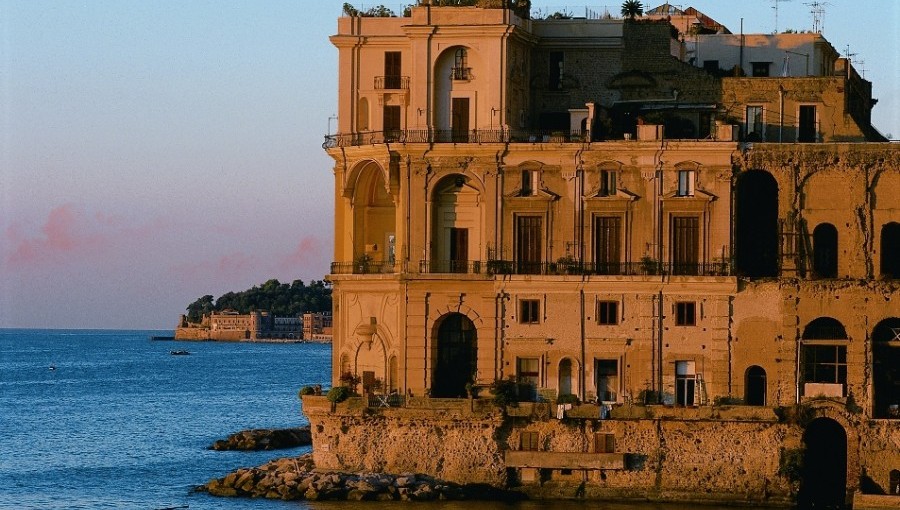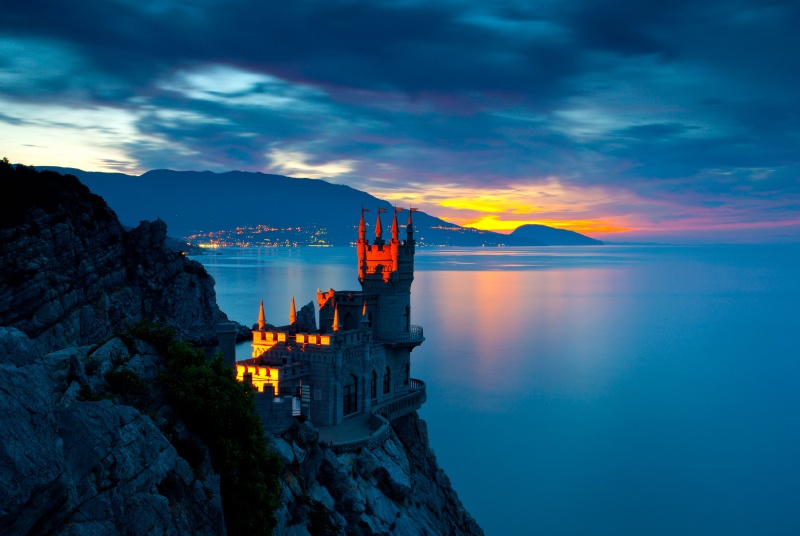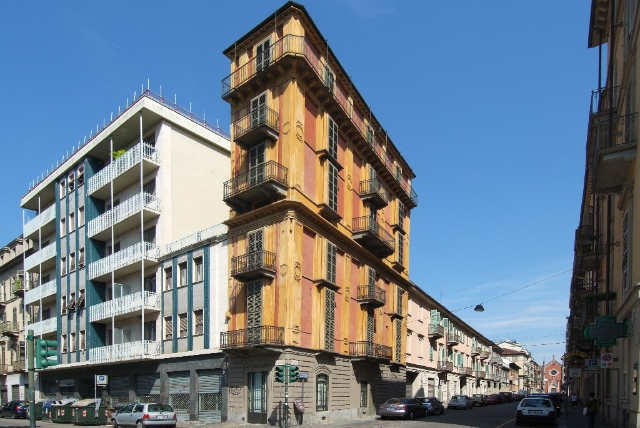Villa Foscari overlooks the Naviglio del Brenta, the navigable canal that connects Padua to Venice, not far from the point where its waters flow into the lagoon, a few kilometers away from St. Mark’s Square as the crow flies.
he so-called Riviera del Brenta is served by a road that touches the towns of Dolo and Mira, passing in review the hundreds of villas built in the golden years of the Serenissima. The same experience can be had from the water, aboard the motorships that keep alive the memory of the ancient "burchiello" with an ob- bligated stop right at Malcontenta.
Coming to the historical event, Palladio was commissioned by the Foscari brothers to design a residence worthy of one of the city’s most prominent families, and in fact he conceived a villa that appeared isolated and majestic almost like a castle. Prevailing the celebratory purpose, the agricultural outbuildings are placed in a defiladed position. The construction is set on an exceptionally high basement, which undoubtedly compensates for the impossibility of creating basement rooms, but above all satisfies the need to emphasize its monumentality.
In the villa, typical elements of Venetian architecture and patterns of classical art coexist in a unique way. The main facade faces the water, as in palaces on the Grand Canal, but the lines, with the majestic loggia of Ionic columns flanked by two solemn staircases, are those of Roman buildings studied by the architect. The rear facade, facing the garden and the countryside, is even more interesting for its originality of composition, with a triple lancet window surmounted by a large thermal window-a scheme probably inspired by Raphael-that gives an extraordinary feeling of transparency. Four sophisticated cylindrical chimneys stand out on the roof. Inside, the rooms are arranged around the striking Greek-cross hall masterfully frescoed by Zelotti.
As for the story of the villa, the first explanation concerns the appellation "Malcontenta," which refers to the legend of a woman from the Foscari family who was confined here to atone for her infidelity. Historically proven, however, is the passage of kings, dukes and other powerful figures. The villa, after complex events, returned to the possession of the founders’ family.
